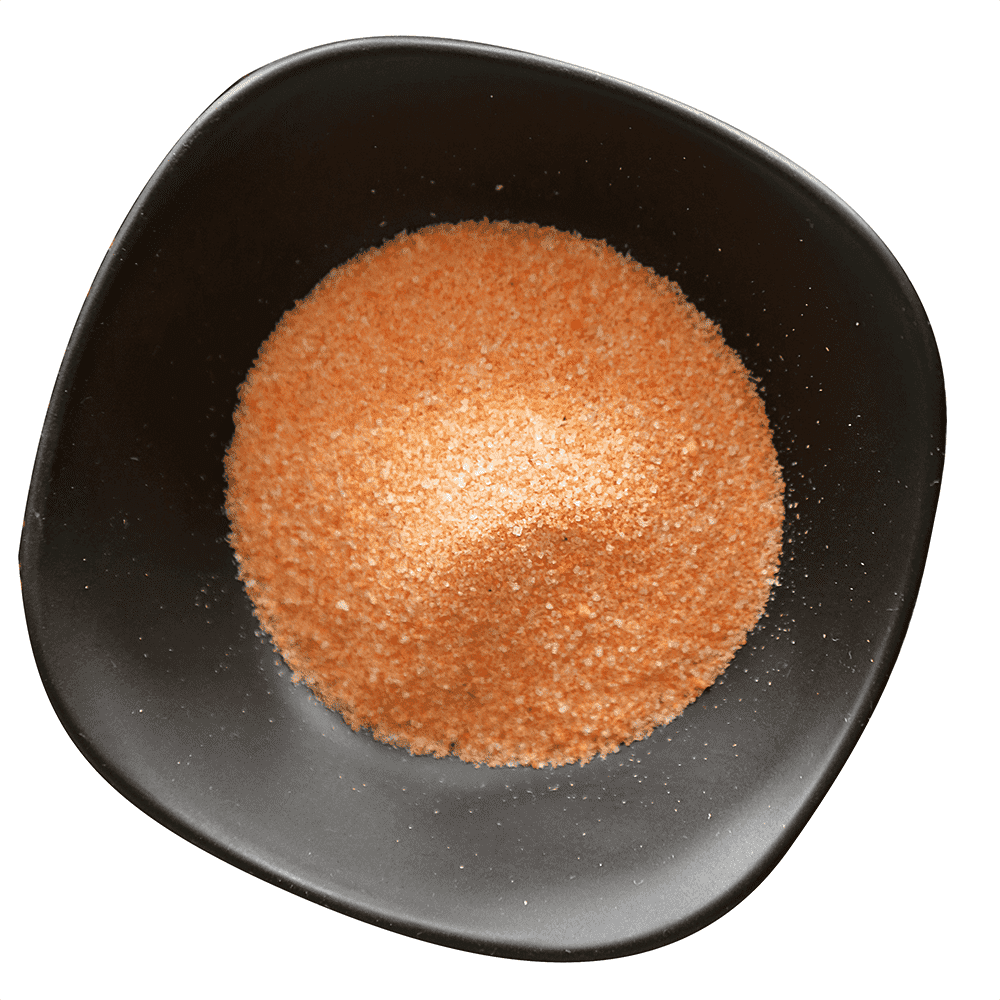

If you find yourself needing a substantial amount of lobster base but don’t want to break the bank, then substituting shrimp base could be just what you need.

Shrimp base is perfect for making creamy bisques and garnishes and creating scrumptious soups with its delicate sweetness that resembles that of a sea breeze. The taste of this seafood-based condiment is robust yet subtle and adds a flavor profile that cannot be compared. If you are looking for an alternative to a lobster base but don’t want to sacrifice flavor, then a shrimp base is the answer you have been searching for. Here are the five best substitutes for lobster base: 1 – Shrimp Base

There are a variety of delicious substitutes that can be used in soups, sauces, and gravies. If you’re looking for a seafood alternative to lobster base, you’ve come to the right place. One especially delicious brand is Better Than Bouillon Lobster Base - made with real sea-caught lobster, this product packs amazing flavor into each jar and can be used much like bouillon cubes: dissolve 1 teaspoon in 6 ounces of hot water and you’ve got yourself some tasty broth.Īdd ingredients of your choice, simmer briefly over low heat, and pour over cooked pasta or noodles for an instant flavorsome delight. It has a mild briny sweetness, with textured pieces of herb and spice that give it its distinctive flavor. edition of the River Cottage Preserves Handbook is now available.The 5 Best Substitutes for Camembert Cheese Took out bay leaves, stuck an immersion blender in the pot and smoothed everything out into a paste. I doubled the ingredients (except salt and tomatoes) Added extra garlic and white onions, juiced the first half (set aside), tossed the second half in olive oil and roasted for two hours, then tossed everything into a large deep pot, added bay leaves and simmered until liquid was reduced by half. Dominican Foodie liked the texture of the version she made noting, "I made a couple of changes to your recipe.added a bit of soy sauce for more salt and flavor, too. Karen "tried a variation with local ingredients: carrot, long onion (like a leek), daikon radish, japanese wild parsley, salt, and 7 pepper blend.In fact, if you have any suggestions or ideas give a shout in the comments - I'd love to hear them! More Bouillon VariationsĪ number of your variations caught my attention, so I thought I'd highlight a couple here. And as far as variations go, this first batch was made primarily with ingredients from my refrigerator, but I'm really excited to try other versions using different herbs and ratios of the base ingredients. You can adjust from there based on what you're making and personal preference.

I mention in the recipe I've been using 1 teaspoon per 1 cup of water/liquid to start. The main thing? Keep in mind bouillon is quite salty and very concentrated. For example, when cooking soups, risottos, curries, whatever really. It is used to make quick, flavorful broth. Pam calls her version "souper mix".but you use it in a way similar to bouillon cubes. Technically, a bouillon cube is a dehydrated cube or powder used to create an instant vegetable stock. And the best part about it? You can build on the general idea and tweak it based on what is in season and my own personal preferences - which is what I did. I've been cooking with a version of it all week, and it is infinitely better than any canned vegetable stock I've tasted. She outlines a list of ingredients that are pureed into a concentrated paste of vegetables and herbs, preserved with salt. I'm not sure why this never occurred to me, but until I reached page 207, it hadn't. Pam wrote the lovely River Cottage Preserves Handbook.* In the very back of this exquisite little book, long past the rhubarb relish, and well beyond the piccalilli and winter fruit compote, she proposes a simple idea: make your own bouillon. You can absolutely make homemade bouillon.


 0 kommentar(er)
0 kommentar(er)
